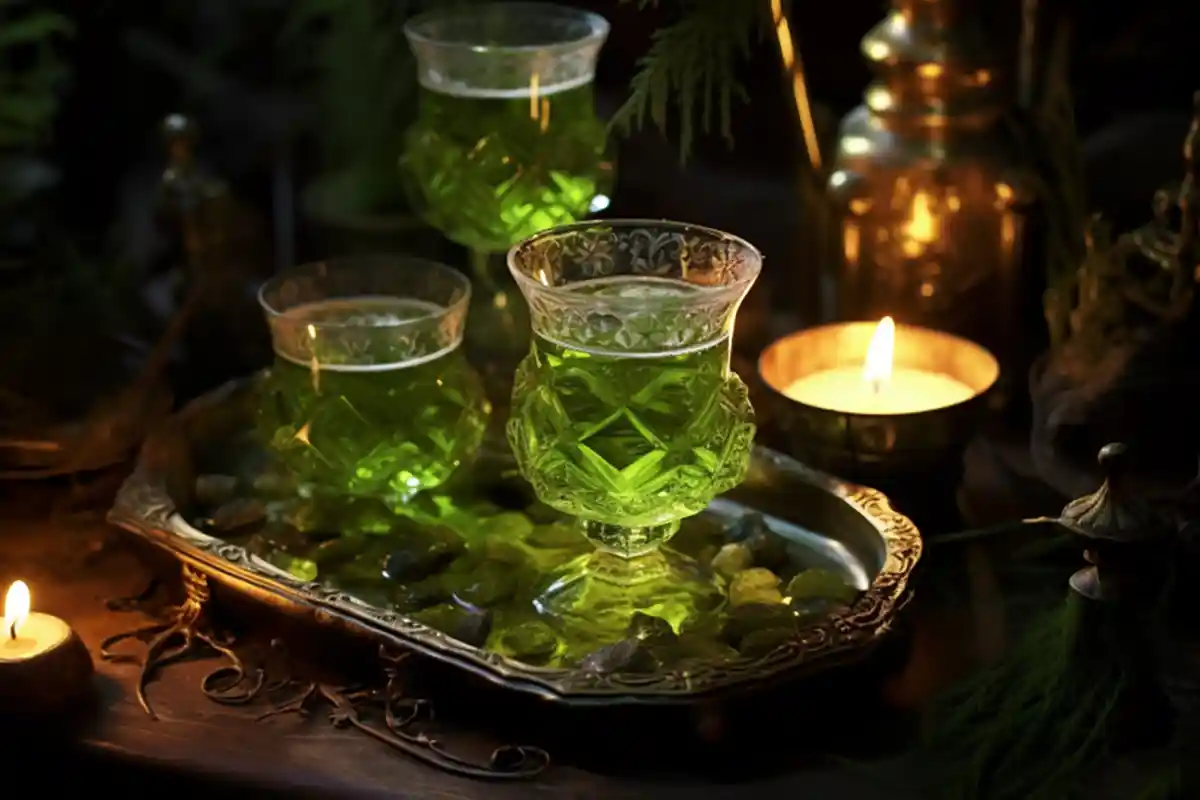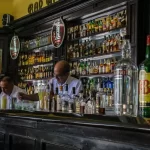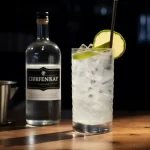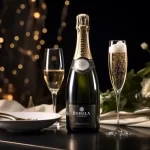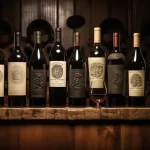Introduction
Absinthe, the enigmatic and alluring green spirit, has captivated the minds and souls of artists, writers, and bohemians throughout history. With its rich history, mysterious reputation, and creative associations, absinthe has become a symbol of artistic inspiration and decadence. In this article, we delve into the artistic allure of absinthe, exploring its intriguing origins, the myth and reality surrounding it, and its profound influence on art and culture.
The Origins of Absinthe
- The Birth of Absinthe: From medicinal elixir to artistic elixir
- The Rise of Absinthe: A French Connection
- The Notorious Absinthe Ritual: Unveiling the Green Fairy
The Myth and Reality of Absinthe
- The Green Fairy: Myth or Muse?
- The Hallucinogenic Myth: Debunking the Absinthe Madness
- The Banned Spirit: The Dark Side of Absinthe
Absinthe’s Influence on Art and Culture
- Bohemian Paradise: Absinthe and the Creative Class
- The Artistic Renaissance: Absinthe as a Muse
- Literary Legends: Famous Writers and their Absinthe Infatuations
- Visual Masterpieces: Absinthe in Painting and Photography
The Sensory Experience of Absinthe
- A Tantalizing Taste: Exploring the Flavors of Absinthe
- The Louche Effect: Unveiling the Opaque Transformation
- The Aroma of Inspiration: From Anise to Wormwood
The Return of Absinthe
- The Legal Revival: Absinthe’s Resurgence in the 21st Century
- Modern Interpretations: Innovative Absinthe Varieties
Conclusion
In the realm of artistic inspiration, few substances have captivated the imagination quite like absinthe. From its mythical allure to its artistic associations, absinthe has left an indelible mark on the world of art and culture. The green fairy continues to enchant and entice creative minds, beckoning them to explore the depths of their imagination and push the boundaries of their artistic expressions.
FAQs (Frequently Asked Questions)
- Is absinthe really hallucinogenic?
- While absinthe has been associated with hallucinations, the notion of it causing vivid hallucinations has been largely debunked. The effects of absinthe are primarily attributed to its high alcohol content rather than any hallucinogenic properties.
- What is the traditional absinthe ritual?
- The traditional absinthe ritual involves placing a sugar cube on a slotted spoon, which is then positioned over a glass of absinthe. Ice-cold water is poured over the sugar cube, causing it to dissolve and mix with the absinthe, resulting in a milky and opalescent louche effect.
- Why was absinthe banned?
- Absinthe faced prohibition in the early 20th century due to concerns over its alleged hallucinogenic properties and its association with social issues. However, modern research has dispelled many of the myths surrounding absinthe, leading to its resurgence in recent years.
- Are there different types of absinthe?
- Yes, there are various types of absinthe available, ranging from traditional green absinthe to clear and colored variations. Each type has its own distinct flavors, aromas, and production methods, offering a diverse range of options for absinthe enthusiasts.
- Where can I find absinthe?
- Absinthe can be found in specialty liquor stores, select bars, and online retailers. However, it’s important to note that regulations regarding the sale and consumption of absinthe may vary depending on your location.

